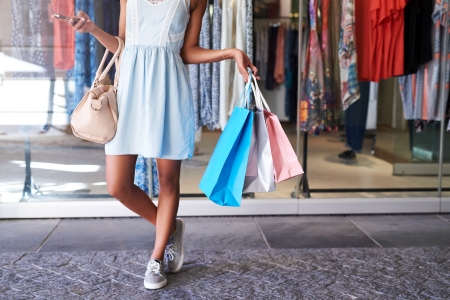In a not too distant future, the Washington DC Pre-Crime Unit prevents murders before they happen.
Yep, they can see who is about to commit murder with the aid of pre-cogs, three humans that can see the future through visions.
Are you guilty of murder even if it hasn’t happened…yet?
In this dystopian future, you are.
But it all takes a new spin when the precogs predict that the head of the unit, John Anderton — played by Tom Cruise — will be murdering a man he has never even met in the next few days.
And Anderton then goes rogue.
Does the system really work? Or is it flawed?
It’s impossible to know, really, because what happens in the future is…well, in the future.
This is the plot for Minority Report, a movie based on a story by Philip K Dick.
The movie made for an interesting debate on free will and technology when it came out back in 2002, debates that are still very much relevant today.
But, similar to the movie, a Japanese company, Vaak, is looking at predicting crime before it happens.
AI that can predict shoplifting
The company has developed a software that uses artificial intelligence and looks at predicting shoplifting. Something they’ve called Vaak Eye.
Vaak Eye uses the stores own installed cameras to watch customers and analyse their behaviours. It looks at things like movements, body language and even what you are wearing. Then algorithms give you a ‘suspicious’ rating.
If that number is high enough and the software determines you are about to shop lift, it can let then the shop staff know through a smartphone app.
The idea is that then the staff will approach the person and ask them if the need help, hoping that this stops the person on their tracks and then stop the crime from happening before it happens.
Vaak is already testing the system is a few Japanese stores. [openx slug=inpost]
Don’t get me wrong, theft is a big problem for retailers.
According to Canstar, theft costs global retailers US$123 billion each year, something they call shrinkage, with shoplifting making up 38% of that amount. In Australia, the Australian Retailers Association estimate thefts cost retailers 3% of all retail spending in the six weeks coming up to Christmas.
The thing is, it’s also costing you money as retailers then pass on those costs to the consumers. Canstar estimates that shrinkage costs Australian households an extra $420 per year.
Advertising opportunities
But, the thing is that shoplifting is not all that Vaak Eye is looking at predicting.
You see, watching your every move from the time you enter the store until you leave has a lot of perks for struggling retailers.
Let me go back to another scene from Minority Report.
In the scene, Anderton walks through a crowded mall, and he sees advertising screens everywhere.
Nothing weird there so far.
But, what’s startling about the scene is that even though Anderton is walking amongst hundreds of people, the billboards that everyone else sees are giving him targeted ads. They are not only showing him things related to his age and gender, they are advertising to him by using his name in the ad.
He then enters The Gap, an American clothing chain. At the store, a screen greets customers by name and then asks them how they liked their last purchase.
That is, artificial intelligence can recognize a person and show them targeted ads as they walk among a crowd, based on likes and previous purchases.
It’s something you already see when you shop online when you log in to an online retailer.
But, we could be looking at having some similar experiences when you enter a store in real life.
If you watch Vaak’s promotional video, the software can detect unusual behaviour…but that’s not all that it sees. It can also detect your usual behaviour.
What I mean is, it can track what you are doing, what items you pick up, how many times you have visited the store and for how long, how much time you have spent looking at an item…even what your likes and dislikes are based on previous purchases.
It could be a treasure trove for struggling retailers, a way to use targeted advertising while you are in-store.
You may be hearing more about protecting your privacy…but the trend looks like is moving in the opposite direction.
Best,
Selva Freigedo
